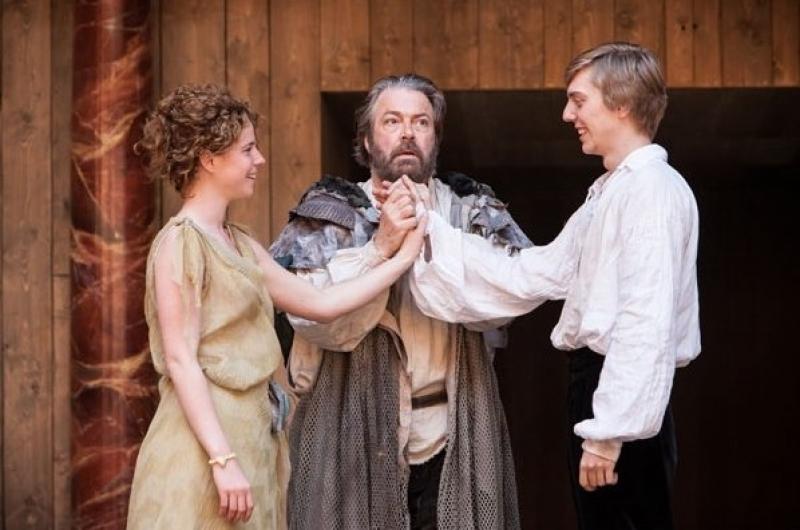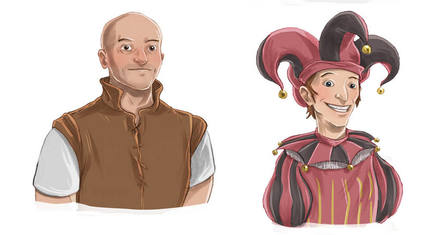Big Idea: What does it mean to be human?
After today I should be able to: What is the relationship between the characters in Act I and Act II?
Reading: You will read one book by February 10th.
Agenda:
- Look at this map for the plot of the play.
- Shakespeare's Language. Find an example of each type in the play. Add it to your notes.
- We will start Act III today.
- With a partner read 3.1. Every 20 lines or so, write a summary sentence about what is happening. That should be five sentences.
- Watch 3.1
- Character Motivations Timeline
- Identify a key character: Choose a character whose motivations undergo significant shifts or reveal hidden layers in Act III. For example, Prospero, Ariel, Caliban, Antonio, or Sebastian could be interesting choices.
- Map out the timeline: Draw a horizontal line representing the timeline of Act III, with major events or scenes marked at key points.
- Analyze motivations at each point: At each event or scene, consider the character's motivations behind their actions, thoughts, or reactions. Write these motivations below the corresponding point on the timeline.
- Use arrows to show evolution: If a character's motivations change or develop as the act progresses, use arrows to connect previous and new motivations. The direction of the arrow can indicate the specific type of change:
- Upward arrow: Represents a strengthening or intensification of a motivation.
- Downward arrow: Represents a weakening or fading of a motivation.
- Curved arrow: Indicates a shift in focus or a change in direction for the motivation.
- Label the arrows: Briefly explain the reason for the change in motivation near the arrow. This could be due to new information, a character's interaction with others, or an internal realization.
Homework:



